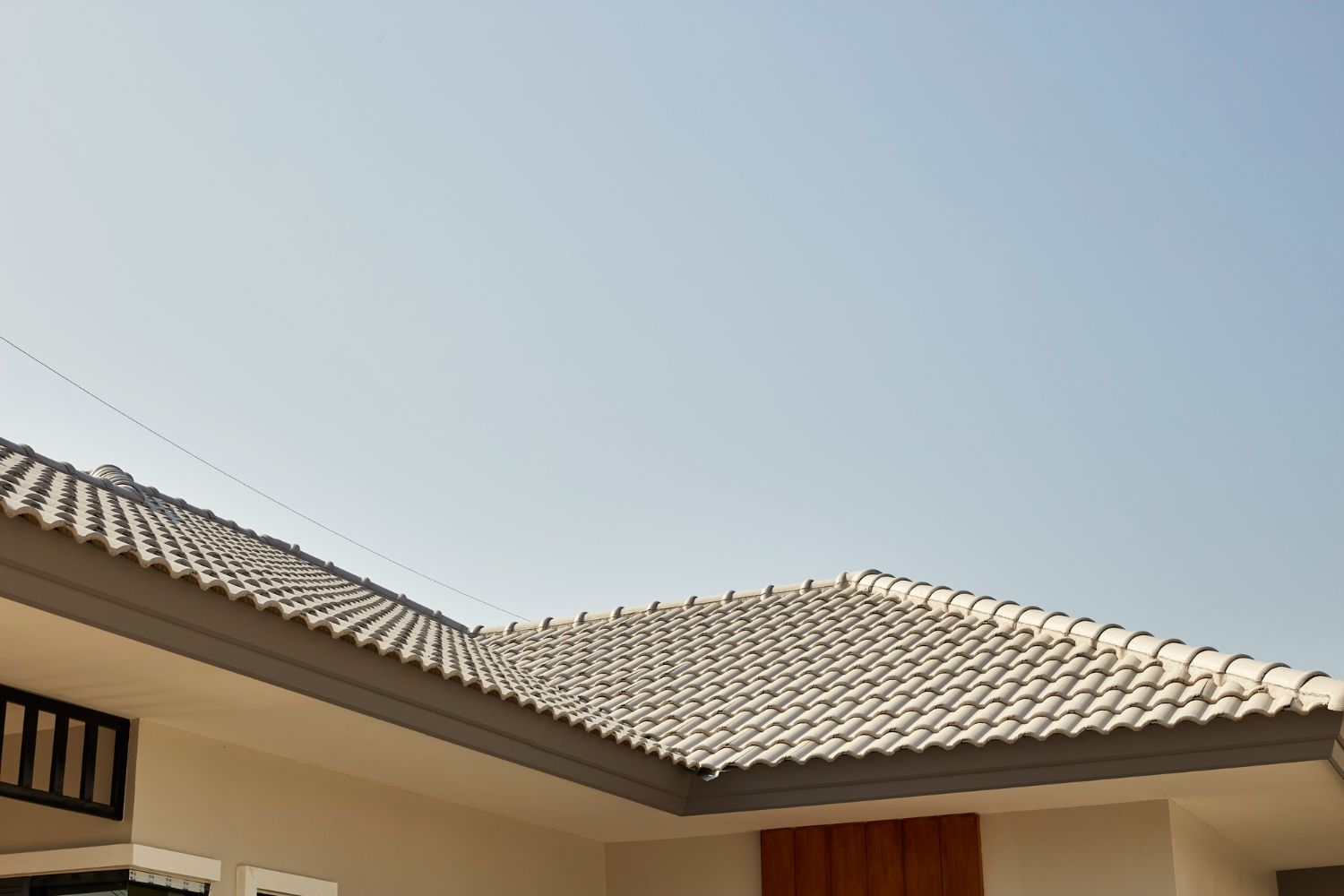Roofs don’t last forever, and knowing when to replace yours is crucial for protecting your home. As roofs age, they show signs of wear that can lead to bigger problems if ignored. Replacing a roof might seem daunting, but it’s an important step in maintaining your home’s integrity.
Different roofing materials have different lifespans. Asphalt shingles aren’t meant to last as long as metal or tile roofs. Identifying the type of roof you have and understanding its expected lifespan are the first steps in determining the health of your roof. Keeping an eye on certain signs, like granule loss or buckling shingles, can help you know when it’s time to take action.
Understanding Roof Lifespan
Roofs come with a built-in lifespan, which varies depending on the materials used. Knowing how long your roof is expected to last can help you plan for a replacement. Asphalt shingles are one of the most common roofing materials, lasting 20 to 30 years. Metal roofs offer much more time, often between 40 to 70 years. Clay or concrete tiles can last even longer, providing a roofing solution for 50 years or more.
Several factors influence the longevity of your roof beyond the materials. Weather conditions play a significant role; roofs withstand everything from scorching heat to freezing cold, which can shorten their lifespan. The quality of installation matters too. A well-installed roof is more likely to reach its expected lifespan compared to one with shoddy workmanship.
Additionally, routine maintenance is essential. Regular inspections and repairs can maximize your roof’s life, keeping small issues from turning into big problems. By considering these factors, you can better predict when your roof might need replacing, helping keep your home protected over the years.
Signs Your Roof Is Aging
As roofs age, they start to show signs that a replacement is needed. One of the first indicators is granule loss and bald spots. These granules protect shingles from the sun’s harsh rays. Over time, you’ll notice more of them in gutters or on the ground. This loss leaves shingles vulnerable to damage from sunlight, which can cause further deterioration.
Curling or buckling shingles are another sign of an aging roof. Shingles should lie flat against the roof. If you see them curling or looking warped, it means they’re past their prime. This problem can lead to leaks as the shingles no longer effectively shield your home from rain or snow.
Here’s a list to recognize additional aging signs:
- Notice if shingle edges are curling.
- Check for shingles that are loose or missing.
- Look for dark streaks or spots indicating algae growth.
Spotting these signs early can help you decide if repairs will suffice or if it’s time for a full replacement. By keeping an eye on your roof’s condition, you ensure your home stays safe from potential damage.
Evaluating Roof Condition
Knowing how to assess your roof’s condition is vital for understanding when it’s time for a replacement. Start by inspecting for wear and tear. Check if the roof looks worn out or aged compared to similar homes in your neighborhood. Look closely at the roof’s surface for significant signs of damage, like cracks or missing pieces. The overall structure should look intact without any visible sagging.
Environmental conditions also affect your roof. Extreme weather events, like hurricanes or heavy snowfall, can shorten a roof’s lifespan. Regular exposure to intense sun or constant rain can also cause deterioration. Consider how your local climate impacts your roof, and analyze any damage after severe weather to understand its condition better.
Here’s an easy way to evaluate your roof:
- Examine your roof after storms to spot new damage.
- Monitor seasonal changes and look for wear specific to your climate.
- Make note of any new leaks or damp spots inside the house.
This evaluation helps identify whether repairs might solve issues or if a full replacement is the better choice to ensure safety and efficiency.
Making the Decision to Replace
Deciding whether to repair or replace a roof often comes down to a cost-benefit analysis. Repairs may be cheaper in the short run, but if your roof is too old or heavily damaged, you might spend more over time with repeated fixes. Assess how much it costs to constantly patch leaks or replace shingles versus investing in a new roof that will last for decades.
When planning for a roof replacement, consider timing and budgeting. Look at price estimates and consider future savings on energy and maintenance. Schedule roof work during seasons with minimal disruptions, usually in late spring or early fall, to achieve a seamless replacement process.
Planning steps include:
- Setting a realistic budget for replacement costs.
- Choosing the best time of year for installation.
- Researching materials that suit your home and needs.
This structured approach ensures that your transition to a new roof is smooth while offering long-term benefits for your home.
Conclusion
Aging is a natural process for roofs, and knowing when a replacement is necessary can be crucial for your home’s health. From understanding the expected lifespan of your roofing material to identifying warning signs, staying informed helps prolong the life of your house. Assessing wear and tear along with environmental impacts allows you to make smart decisions about repairs. When the time comes, a well-planned roof replacement can offer peace of mind and increased property value.
Thinking about your roof’s age and condition underscores the need for timely interventions. As part of maintaining your house, consider regular inspections and evaluations. Planning ahead for a roof replacement ensures that your home remains safe and comfortable while avoiding potential emergencies.
If you’re noticing signs of an aging roof and considering a roof replacement, reach out to James Kate Roofing & Sola. Our team of skilled professionals can guide you through your options, ensuring your home stays protected. Whether it’s an evaluation or a full replacement, we’re here to help you make the right choice for your roofing needs.

